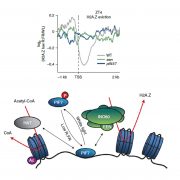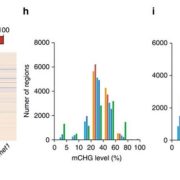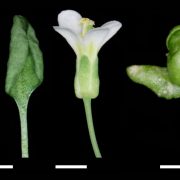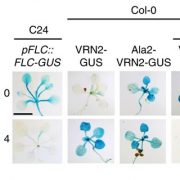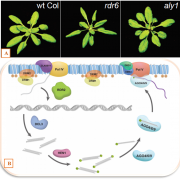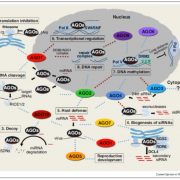Review. From stressed to success: Unveiling the secret memory of gymnosperms
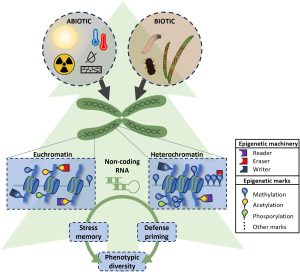 Epigenetic stress memory in gymnosperms is the topic of a new review by Fossdal et al. Gymnosperms are long-lived, cone-bearing, tough trees, known to tolerate episodic stress. Their adaptive traits to stress are not passed on in a straightforward way, conforming to classical Mendelian inheritance. Instead, adaptive responses in gymnosperms are a result of epigenetic changes, including DNA methylation, histone modification, and small RNAs, which enable dynamic changes in gene expression, thus, phenotypic expression. As an example of a epigenetic-controlled trait, in Norway spruce tree (Picea abies) the epigenetic memory of photoperiod and temperature experienced during embryogenesis and seed development influences bud phenology and the progenies’ frost tolerance many years later. The authors also highlight that most of our understanding of epigenetic regulations in plants comes from angiosperms, flowering plants. Studying epigenetic regulation in gymnosperms is more challenging due to their long lifecycle, rendering patterns of inheritance difficult to observe. Furthermore, the woody structure of gymnosperms makes the use of conventional nucleotide extraction methods less effective, and the only existing high quality reference genome belongs to Chinese pine (Pinus tabuliformis). Therefore, Fossdal et al., emphasize the need of improved sequencing technologies to decipher the large genomes of gymnosperms. (Summary by Kumanan N Govaichelvan, @NGKumanan) Plant Physiol. 10.1093/plphys/kiae051/7595554
Epigenetic stress memory in gymnosperms is the topic of a new review by Fossdal et al. Gymnosperms are long-lived, cone-bearing, tough trees, known to tolerate episodic stress. Their adaptive traits to stress are not passed on in a straightforward way, conforming to classical Mendelian inheritance. Instead, adaptive responses in gymnosperms are a result of epigenetic changes, including DNA methylation, histone modification, and small RNAs, which enable dynamic changes in gene expression, thus, phenotypic expression. As an example of a epigenetic-controlled trait, in Norway spruce tree (Picea abies) the epigenetic memory of photoperiod and temperature experienced during embryogenesis and seed development influences bud phenology and the progenies’ frost tolerance many years later. The authors also highlight that most of our understanding of epigenetic regulations in plants comes from angiosperms, flowering plants. Studying epigenetic regulation in gymnosperms is more challenging due to their long lifecycle, rendering patterns of inheritance difficult to observe. Furthermore, the woody structure of gymnosperms makes the use of conventional nucleotide extraction methods less effective, and the only existing high quality reference genome belongs to Chinese pine (Pinus tabuliformis). Therefore, Fossdal et al., emphasize the need of improved sequencing technologies to decipher the large genomes of gymnosperms. (Summary by Kumanan N Govaichelvan, @NGKumanan) Plant Physiol. 10.1093/plphys/kiae051/7595554


